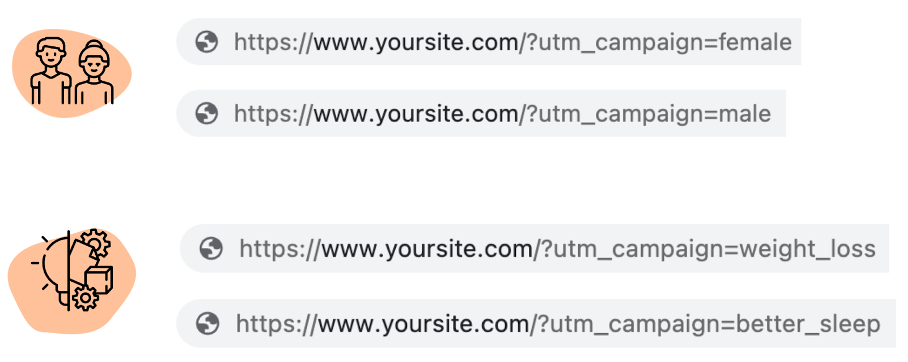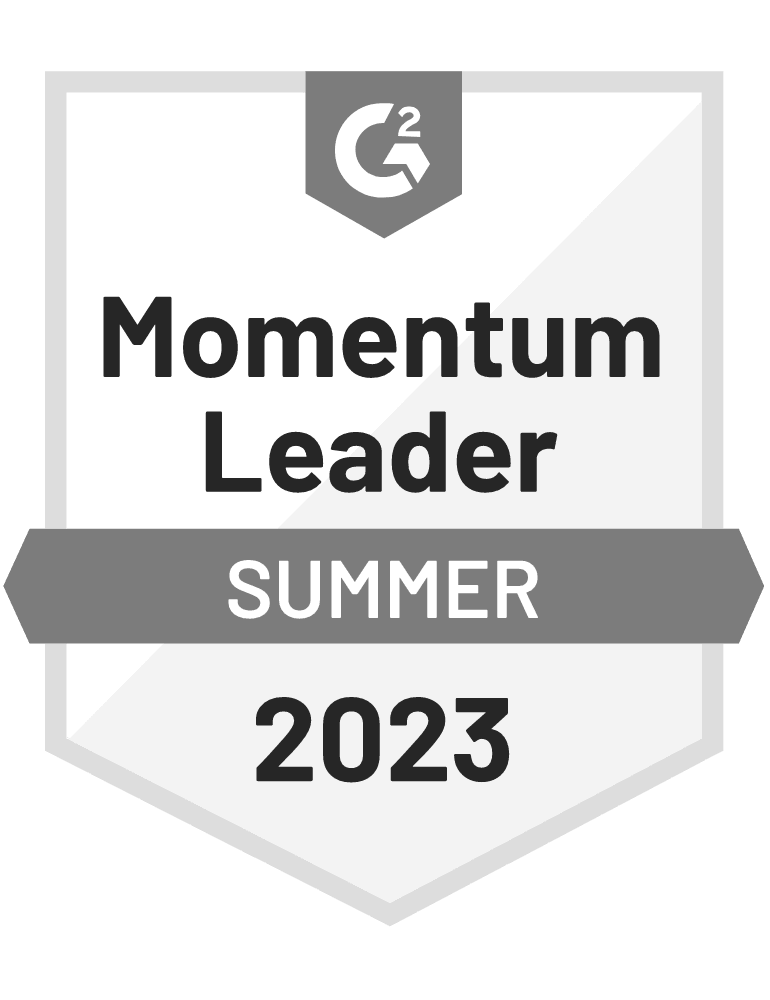Marketers are increasingly recognizing the need for personalization. After all, they’ve always known that customers not only have different needs, preferences, and budgets, but are also at very different stages of the user journey.
Each of these factors makes a huge difference to what message you should use to get through to someone—and when you should do it. If you broadcast the same message to everyone, you’re effectively ignoring all the important differences between your customers.
In this article, we’ll discuss the main challenges marketers face that keep them from personalizing their on-site messages, and give you an easy three-step plan to overcome those challenges and create the perfect campaign combination.
Let’s get started!
Why doesn’t everyone personalize their on-site messaging?
While all marketers know that personalization is important (as discussed above), when it comes to onsite personalization and using onsite messages, they often remain at the basic level of the popup maturity scale, using only a single popup message to build their list.
No matter how great that one popup is, it won’t satisfy the expectations of the majority of your visitors. If your goal is to increase conversion rates, there’s only so much you can do by optimizing that single popup.
The real magic happens when you start creating combinations of messages that provide a personalized, relevant succession of messages that guide your customers through the buyer’s journey.
It’s clear that this hesitance to create more than one popup doesn’t come from laziness or ignorance (usually). Rather, it’s driven by the fear of overwhelming and annoying visitors with too many messages. But the truth is that with the right onsite message combination, you can actually improve the customer experience.
In the rest of this article, we’ll go over some easy-to-implement multi-popup strategies that can deliver great results for your ecommerce store.
How to create personalized popups your customers will love?
Although there are several reasons popups can annoy visitors, the most important (and most common) cause is that those popups are irrelevant.
When a visitor doesn’t care about your message, they’ll naturally be put off by the interruption to their browsing.
To follow this idea to its logical conclusion, in order to safeguard your customer experience and improve your conversion rates, you need to make sure that all your onsite messages are relevant to the visitor who sees them.
In an ideal world, you’d be able to craft a 100% personalized message for each and every visitor. This would guarantee that all your messages are highly relevant.
Unfortunately, this isn’t feasible with today’s technology and the public’s increasing privacy demands. But if you get clever with the segmentation and targeting of your popup campaigns, you can come pretty close (classic Pareto principle in action).
Here’s what you need to do:
- Identify (relatively) homogeneous segments
- Craft a relevant message for each segment
- Make sure that these messages won’t conflict
Let’s tackle these three steps one by one.
Step 1: Find the right segments
This first step is actually the most difficult since you need a deep understanding of your customers.
We recommend two approaches to segmentation.
The first is data-heavy: analyze current customer behavior and group customers into different segments based on clusters of visitors with similar needs and behaviors.
The second approach relies on your team’s expertise and knowledge. You can brainstorm important milestones along your customers’ buying journey (and thus explore the different awareness levels) and identify opportunities where you could create value for these specific segments.
For some help with the second approach, we’d recommend reading these 12 ideas to personalize onsite messages. While these ideas might not be directly applicable to your brand, the best ideas often stem from reading about such examples!
Below, we’re going to go over some data sources you can use to shape your segments using the first approach.
1. Traffic sources
Different traffic sources often bring very different types of users to your website, with different awareness levels and different buying intent.
For example, Google Search typically attracts more high-intent users (since they have actively searched for something) than display ads (which users passively see).

2. Landing pages
If you go heavy on paid acquisition, you’re most likely already doing segmented ads for each main user segment and driving each of these segments to different landing pages.
Using the same approach with onsite messages and crafting a targeted onsite message for each main landing page could be an easy way to boost conversion rates.

If you’re sending all users to the same landing pages, segmenting based on the utm_campaign can work similarly:

3. Exit rates
It might also make sense to identify pages with high exit rates.
In the long run, this might help you discover optimization opportunities (like improving certain product pages), but crafting a personalized message for these pages could be a quick fix for these issues.

4. Keywords
Search keywords can be super helpful as you identify different needs and different buying intents.
If someone is searching for “Oculus prices,” they’re more likely to be ready to buy than visitors who search for “VR glasses.”
On the left, you can see a popup you might show to someone who is searching for “Oculus prices.” And on the right, the popup is targeted at visitors who search for “VR glasses.”

Step 2: Craft relevant messages for each segment
After identifying different segments of users, the next step is crafting the most relevant message for each of these segments.
Based on the awareness level and buying intent of a segment, you can usually determine the best popup use cases to employ.
For example, if someone is obviously visiting with buying intent, you can definitely target them with a classic discount popup.

But at earlier stages of awareness, you might not want to scare them off with a direct sales promotion.
A better approach might be to offer them some useful resources for learning about possible solutions to their problem. You might use the offer of a free ebook in exchange for a visitor’s contact info, for example. You could also invite them to join your community of like-minded people, as in the example below.

If you have no idea which messages would create the most value for certain segments, you can get inspired by this list of the top ecommerce use cases.
When you’ve decided on the use case, you just need to create an awesome message, and you’re all set to launch those high-converting popups!
Step 3: Avoid conflicts between your campaigns
When you’re running multiple popup campaigns targeted toward different segments, you want to make sure that you don’t show multiple campaigns to the same visitor. This would both confuse and annoy them, which is definitely not your goal.
The good news is that there are surefire ways to avoid conflicts among your onsite messages.
You can create as many campaigns as you wish, and if you (1) split your audience into mutually exclusive segments, and (2) exclude visitors who’ve seen another message within the same session, you can be 100% sure that you won’t overload your users with popups.
You can also use OptiMonk’s UX Protector feature, which uses our AI to determine if a user will be overloaded with messages when a new message pops up—and if they would, then the UX protector will stop the popup from appearing.
It’s the easiest way to avoid conflicts between your campaigns!

Conclusion
There you have it: a simple three-step process for personalizing your popup campaigns and ensuring that using your site is an enjoyable, annoyance-free experience.
By making sure that the messages you send to users are relevant to their needs, buying intent, and level of awareness, you’ll also improve your conversion rates.
Leveling up your popup maturity level brings lots of benefits, so why not start today? Create a free OptiMonk account to get access to all our popup templates and use cases, or keep browsing through our educational blog to learn more!













